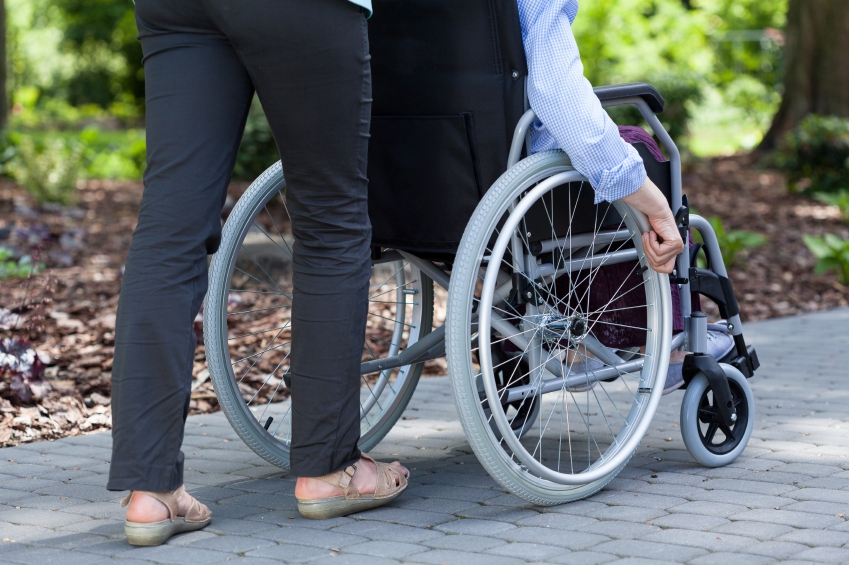
There are many conditions that affect mobility. We’ve previously talked about illnesses like Huntington’s Disease, spina bifida, muscular dystrophy, and multiple sclerosis, and now we are turning our attention to cerebral palsy, which occurs in 1 out of 400 children, no matter their background or ethnicity.
Cerebral palsy refers to a group of movement disorders that appear in early childhood and is, in essence, a neurological condition that affects movement and coordination, due to issues in the brain and nervous system.
Symptoms of Cerebral Palsy
No one is affected by cerebral palsy the same way, which means that treatments and therapies should always be tailored to each person’s specific needs. Although different symptoms can present, depending on the individual, many are clear signs of this condition and will be found in most people affected by it.
Cerebral palsy tends to become apparent during the first three years of a child’s development and can include:
- Hypotonia
- Muscle weakness
- Random and uncontrolled
- Movement, balance and coordination issues
Symptoms will affect different areas of the body and some people will be more affected than others. In addition, many also develop associated problems, like epilepsy, dysphagia, hearing loss and scoliosis.
Types of Cerebral Palsy
There are three main types which are classified according to the type of body movement and posture issues. Most people affected by the condition will have a mixture of types and symptoms.
Spastic – this is the most common type, present in 75-88% of people with the condition. It’s defined by weakness and stiffness of muscles, especially when moving them quickly. The muscle tone is tight and painful. Spastic cerebral palsy can be grouped into four different categories:
- Monoplegia: only one arm or leg is affected.
- Hemiplegia or diplegia: one arm and one leg on one side of the body, or both legs, are affected.
- Triplegia: both arms and one leg, or both legs and one arm, are affected.
- Quadriplegia: both arms and both legs are affected; usually, the muscles that control the throat and mouth are also affected.

Dyskinetic – present in approximately 15% affected with the condition. The muscle tone varies between stiffness and hypotonia and causes uncontrolled muscle contractions and movements. The whole body can be affected, causing difficulties to maintain a straight posture.
Ataxic – this is the least common type of cerebral palsy, affecting around 5% of cases. It is characterised by balance and coordination issues, poor spatial awareness and difficulties with speech and language.
Mixed – people affected by this type will have a combination of all three types, which means they present features from more than one.
What Causes CP?
While it may not be possible to understand why someone is born with cerebral palsy, some causes may include infections during pregnancy, lack of oxygen to the brain, and abnormal brain development.
In addition, there are also risk factors that can increase the likelihood of cerebral palsy. For instance, premature births, a very young or old mother, low birth weight and even multiple births, such as twins.
Many conditions can affect mobility, and cerebral palsy is only one of them. While many movement disorders can only be managed, not cured, physiotherapy and other therapies can contribute to a more independent life, as can assistive devices like stairlifts.

